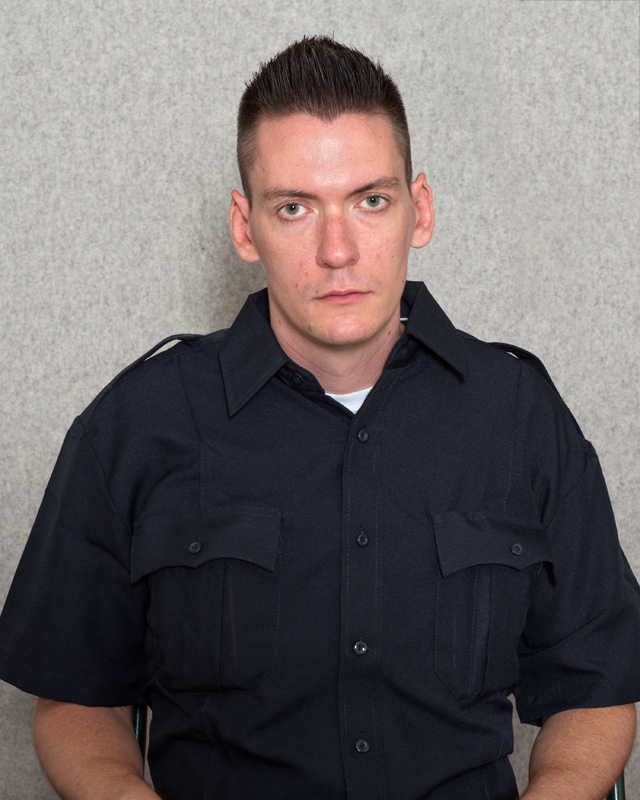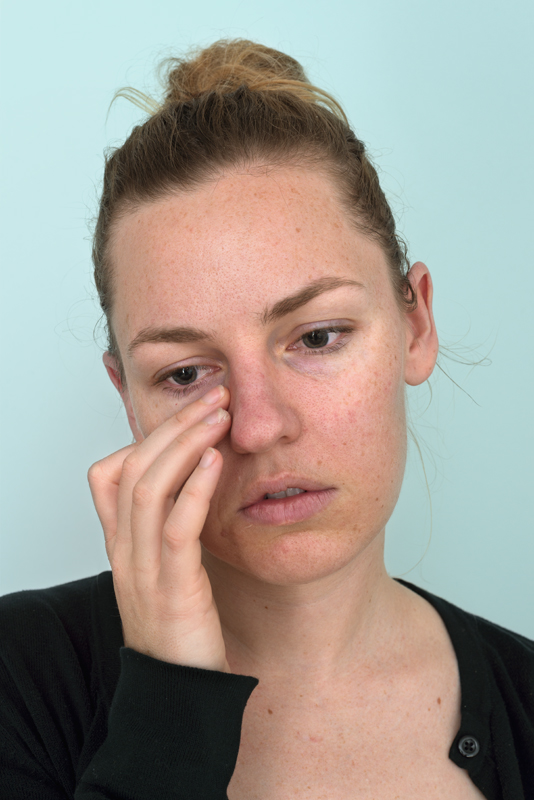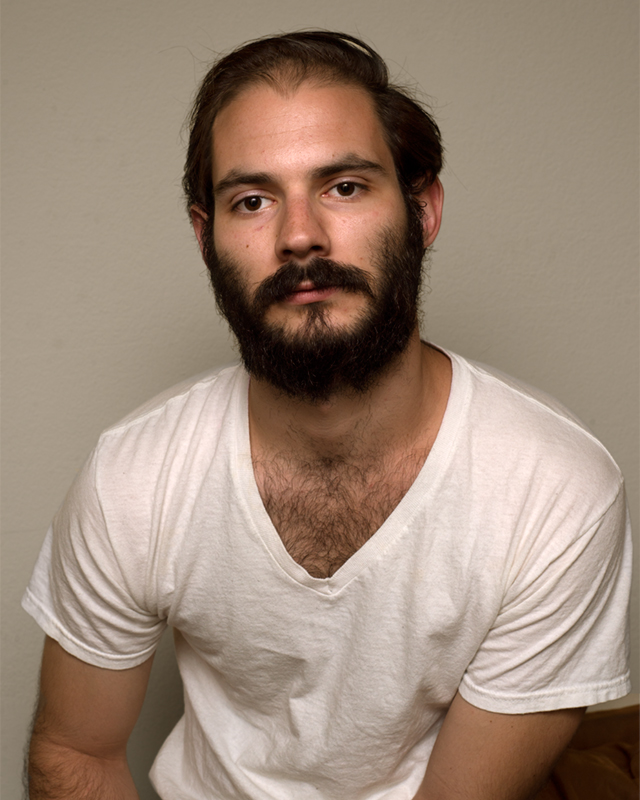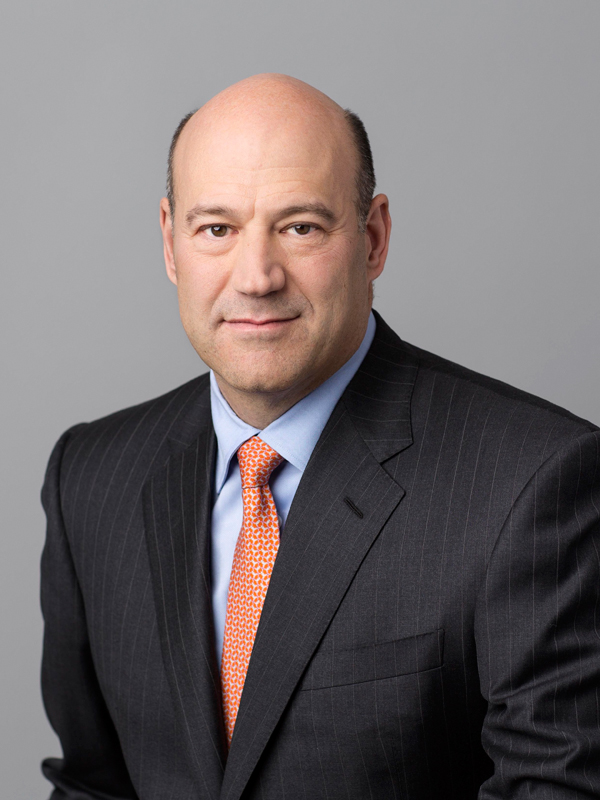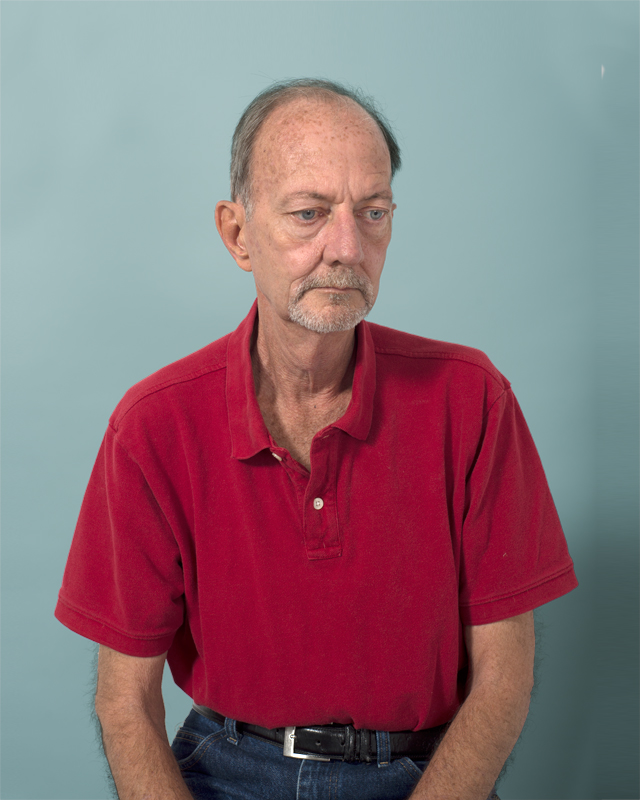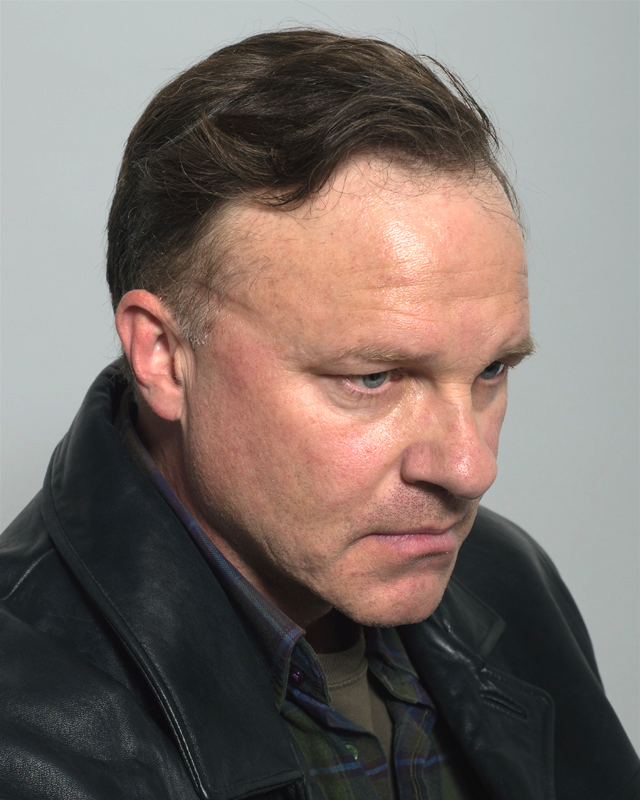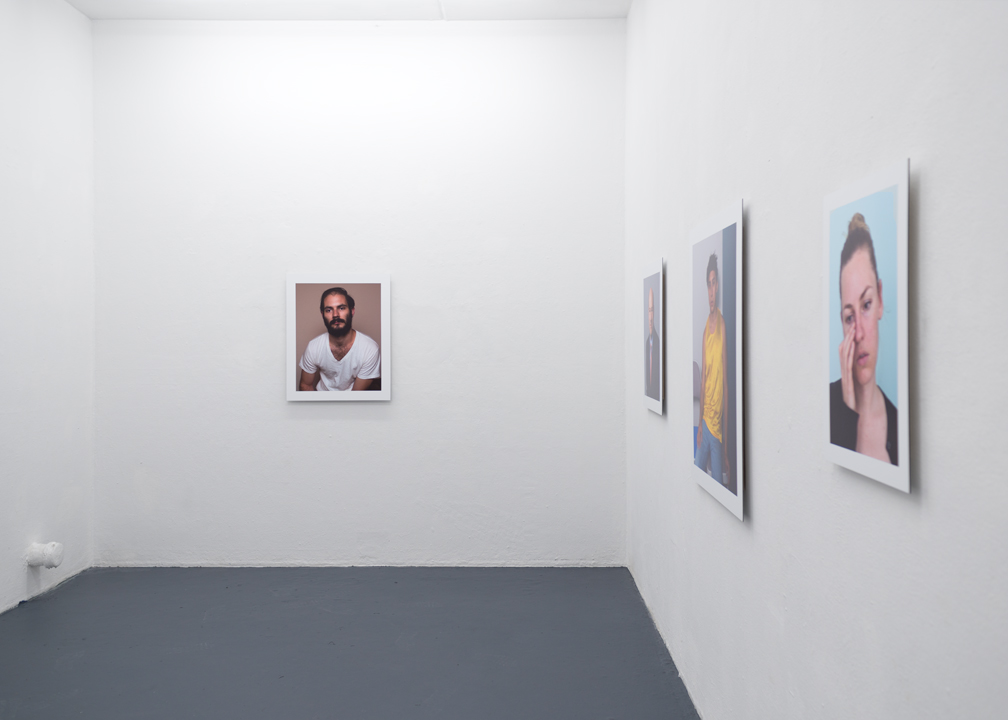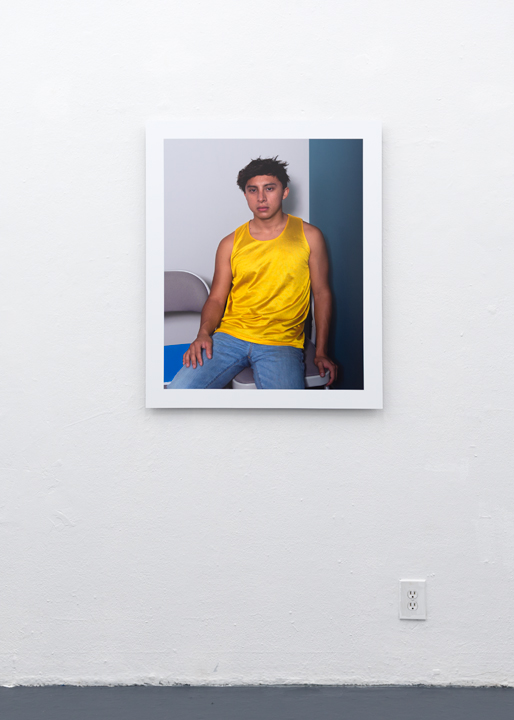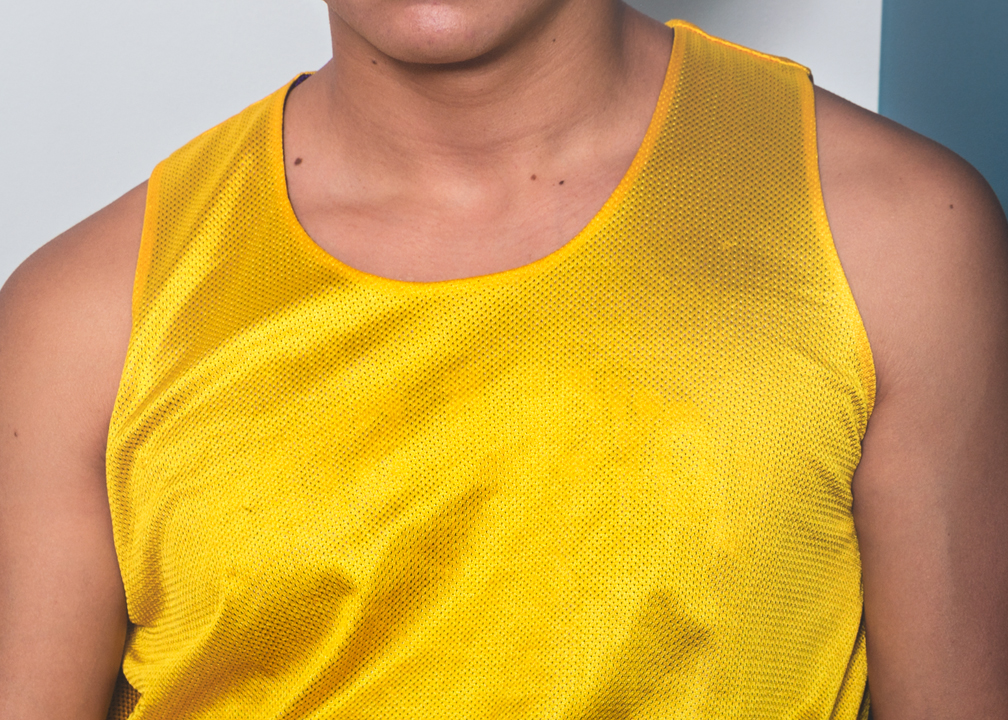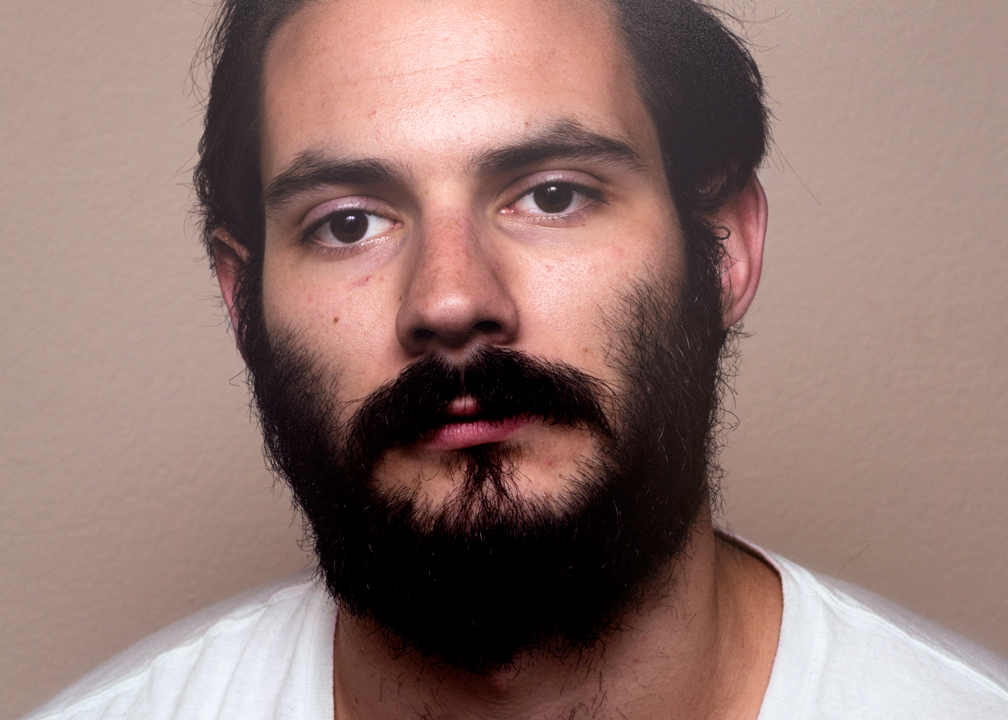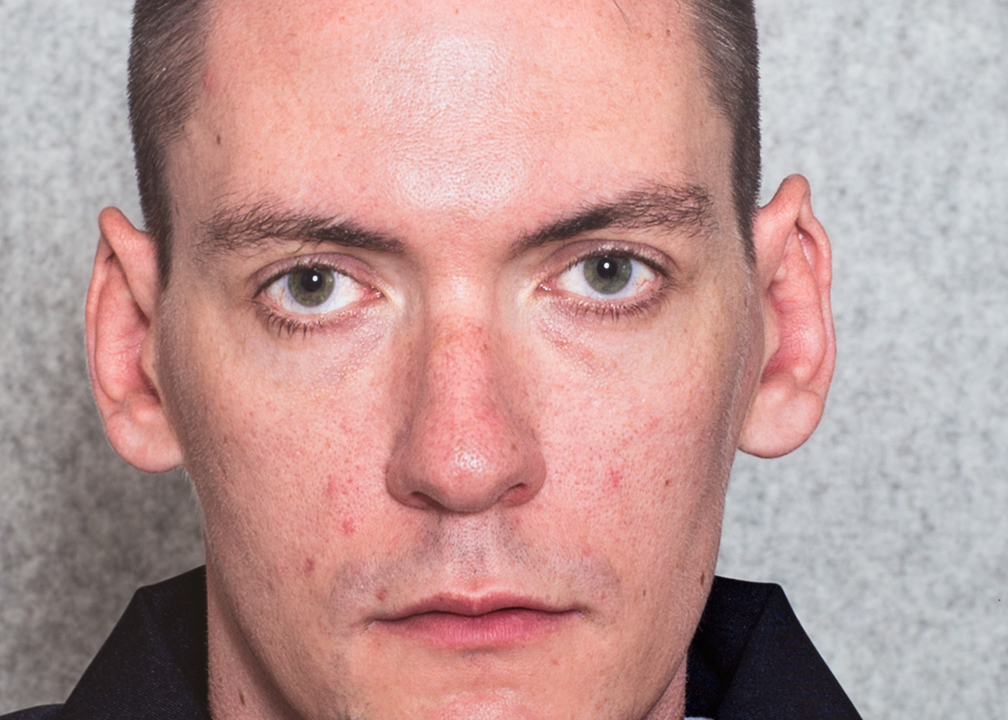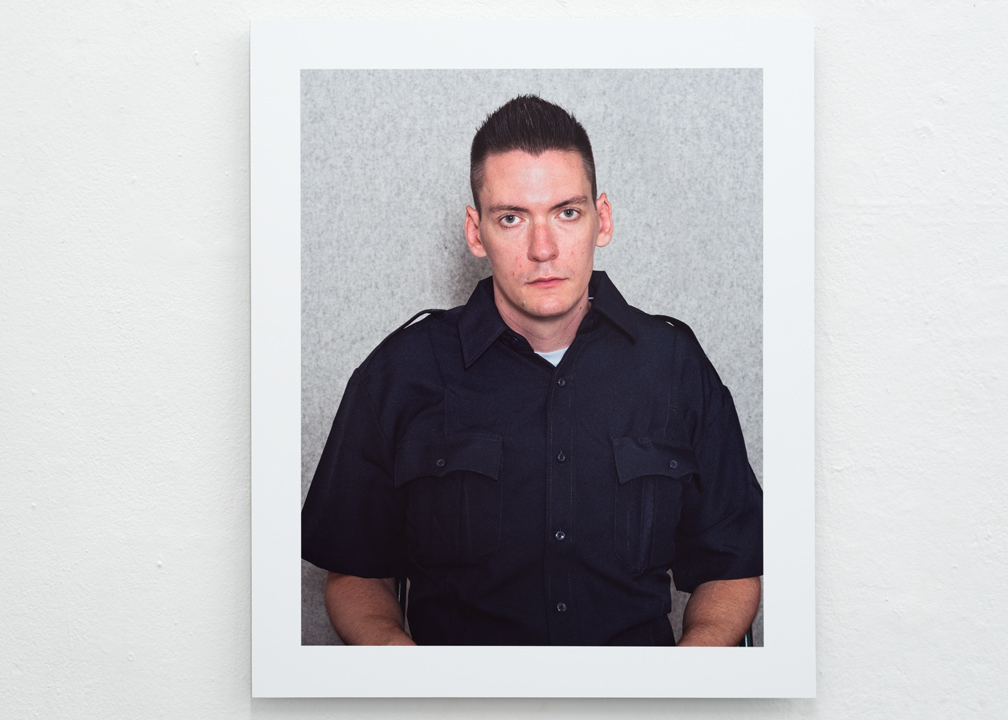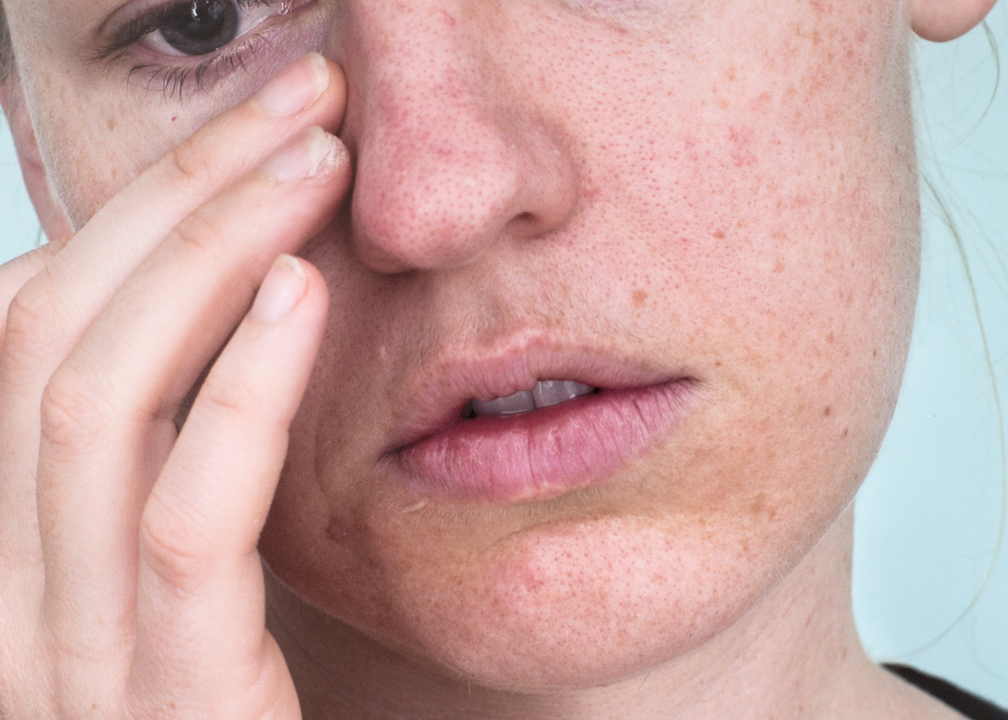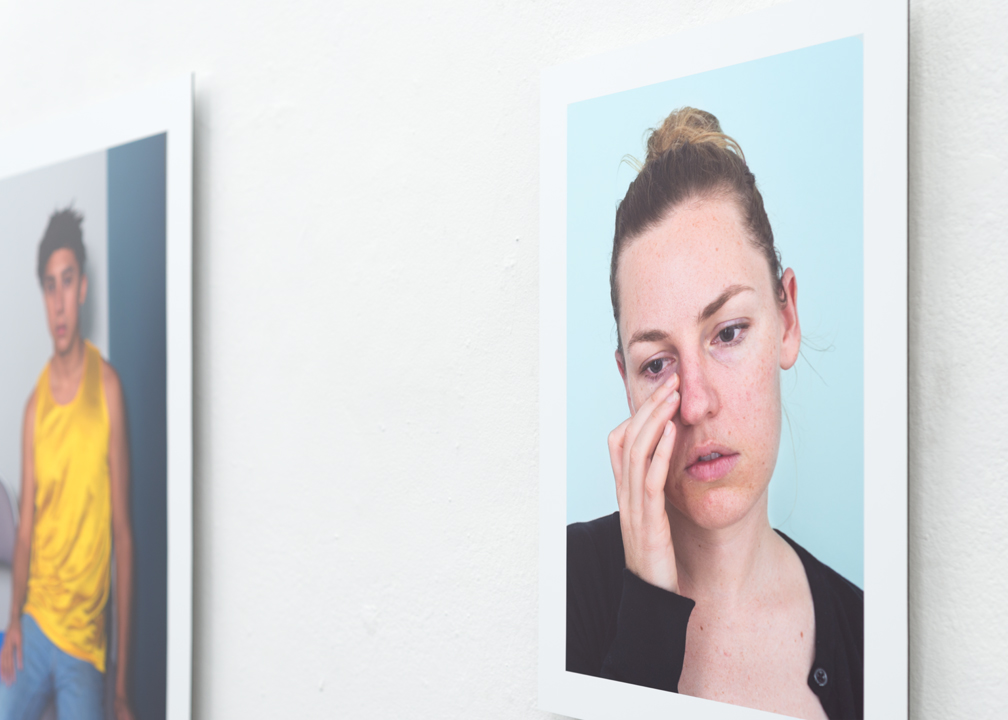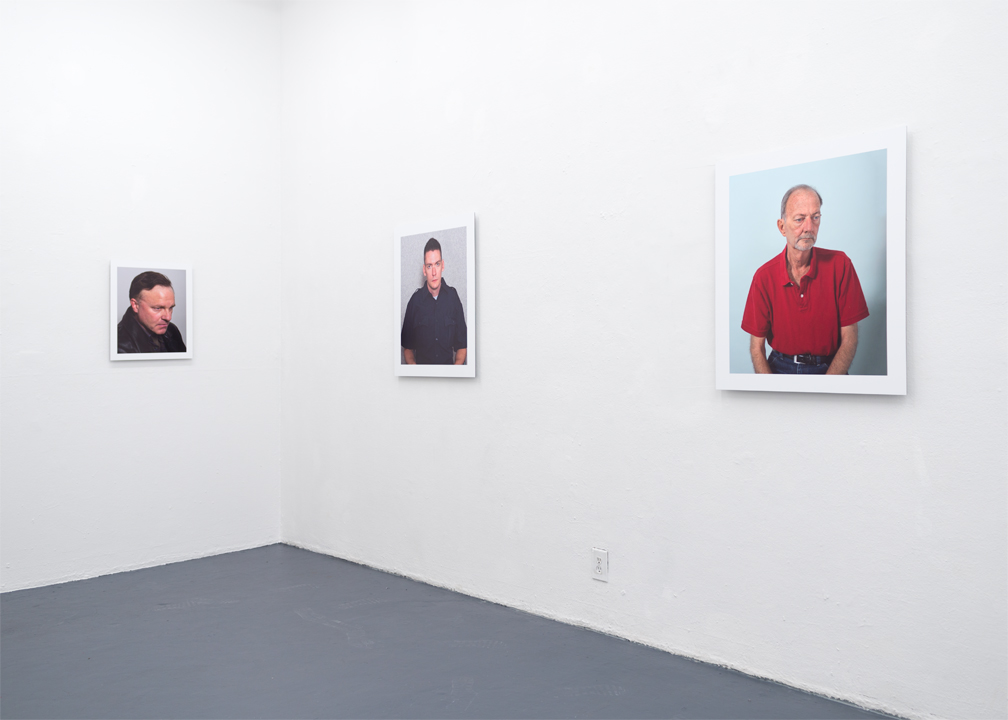Patrolmen
8 January 2020

Anyone can stare at a photograph of a person, can look with a held gaze and burning intent, can see the topography of their skin, the accumulations under their fingernails, every stray piece of hair. These details compel us — they pretend to reveal the subject’s interiority.
The photos in PATROLMEN are what Jeanne Randolph calls amenable objects. Their meaning is neither explicit nor disguised; the viewer’s reading neither reality nor fantasy; the evidence presented neither inner nor outer.
The photos let us stare, but they offer no reassurance; they absorb any story, including the next contradictory story.

